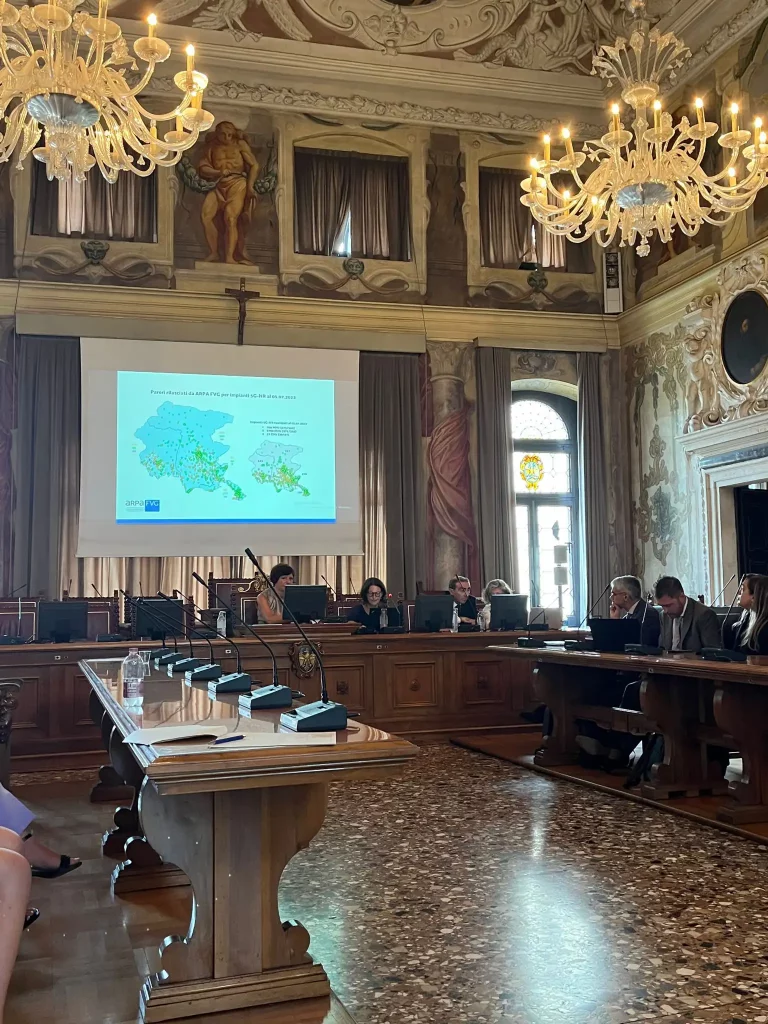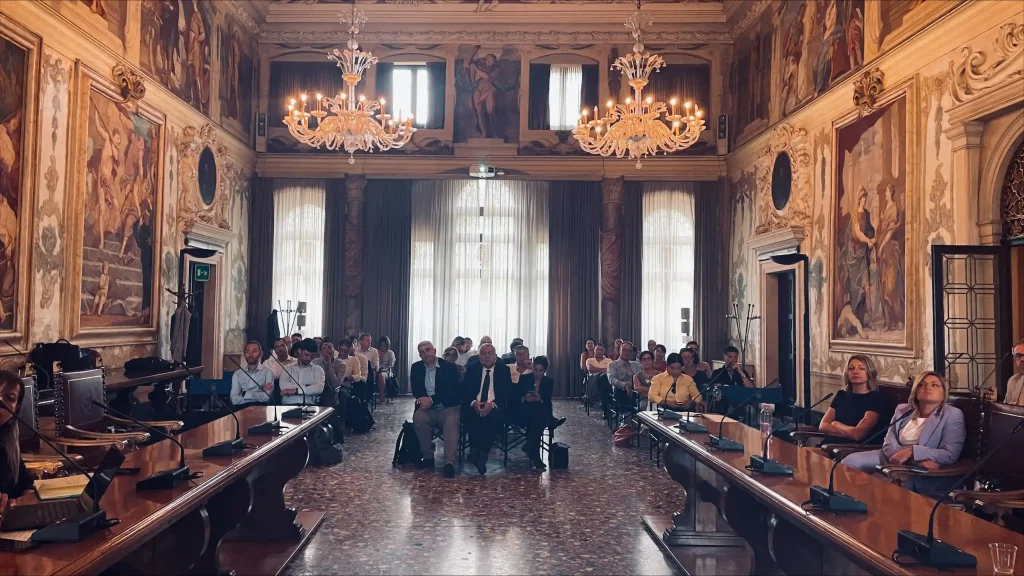Trends
Trends
AUG
11
2023
Transports & Logistics
Italy and Austria 5G connection
Presented to the European Commission the feasibility study of the cross-border corridor between the two countries as part of CEF-2.
The European Commission’s Connecting Europe Facility (CEF-2) Digital programme has the aim to provide high-quality, uninterrupted 5G connectivity for road safety services, and to provide connectivity services to vehicle users and passengers along cross border transport corridors between countries.
One of the studies that the European Commission has asked to be analysed is the cross border between Italy and Austria. The study has been used to evaluate the installation of new telecommunications towers and the construction of Distributed Antenna System (DAS) dedicated to ensuring signal coverage for data and voice. The DAS systems consist of a network of mini antennas with minimal visual and electromagnetic impact and provide indoor coverage in special environments.
These solutions are, moreover, fundamental both for preparing the infrastructure for the mobility of the future and for guaranteeing ever greater safety for users. In fact, the project has evaluated the integration of state-of-the-art technologies that will enable the implementation of Smart Roads and in particular the implementation of ITS Cooperative Networks (C-ROADS) V2X for the communication of traffic information to enabled vehicles. The intervention will also enable the monitoring of radio mobile systems for detecting the operational status of the call service, particularly inside tunnels, and will finally foster the development of technologies for autonomous driving.
Cellnex Italia and Cellnex Austria together with Autostrade per l’Italia (ASPI), in collaboration with the Friuli-Venezia Giulia Region (FVG), and with the endorsement of the Ministry of Enterprises and Made in Italy (MIMIT) carried out the inception study, under the name 5G GAIL, co-financed by the CEF-2 programme by the European Commission with the goal of developing connectivity on highways by exploiting the potential offered by 5G technology. The project had 5 goals:
- Evaluating existing infrastructures serving the corridor for efficient sharing and reuse
- Define needed upgrades, and new investments for the complete coverage of the corridor
- Mapping spectrum harmonization constraints
- Identifying sustainable investments and economic business model
- Evaluating the economic and technological efforts required to ensure a seamless redunded connectivity enabling full digitalization of the corridor in line with the existing standards

The project will take shape on the motorway A23 from Udine (Italy) to the Austrian territory, across the border of Tarvisio, also inside the tunnels and on the autobahn A2 State Border – Villach (Austria), for a total of over 130 Km.
The 5G corridors initiative is one of the multi-country projects of the EU Digital Decade Strategy. CEF Digital envisions establishing a pan-European transport network of 5G corridors by 2027. These infrastructures are seen as key enablers for deploying tomorrow’s connected and automated mobility. They will also serve to strengthen the digitalisation of rail operations and provide services beyond the transport sector in areas surrounding the corridors, including rural areas.
In addition to the 5G GAIL project, Cellnex is working on 4 projects within this programme: two road corridors linking Spain with France (Barcelona – Montpellier/Toulouse and Bilbao – Bordeaux) and two corridors linking Spain with Portugal (Salamanca – Porto – Vigo and Mérida – Évora). Also in another study, called EUMOB, coordinated by Abertis, had studied the feasibility of digitising the roads between Spain and France.
Cellnex also has experience in similar deployments that advance the mobility of the future. As leader and coordinator of the 5GMED project, co-funded by the European Commission, it is developing cross-border 5G application scenarios in advanced cooperative connected and automated mobility services (CCAM) and the future rail mobile communications system (FRMCS) in the Mediterranean Corridor, between Figueras and Perpignan. Also, through the Cellnex Mobility Lab located at the Parcmotor circuit in Castellolí (Barcelona), the company designs, develops and tests the future of connectivity infrastructures with a strong focus on their sustainability and their applications for connected and autonomous vehicles.

















